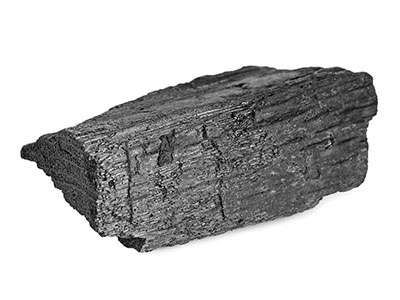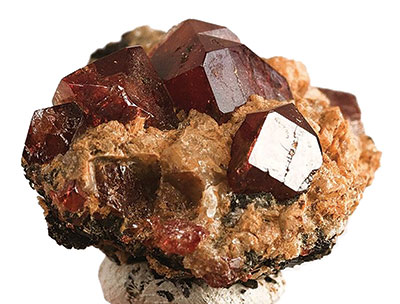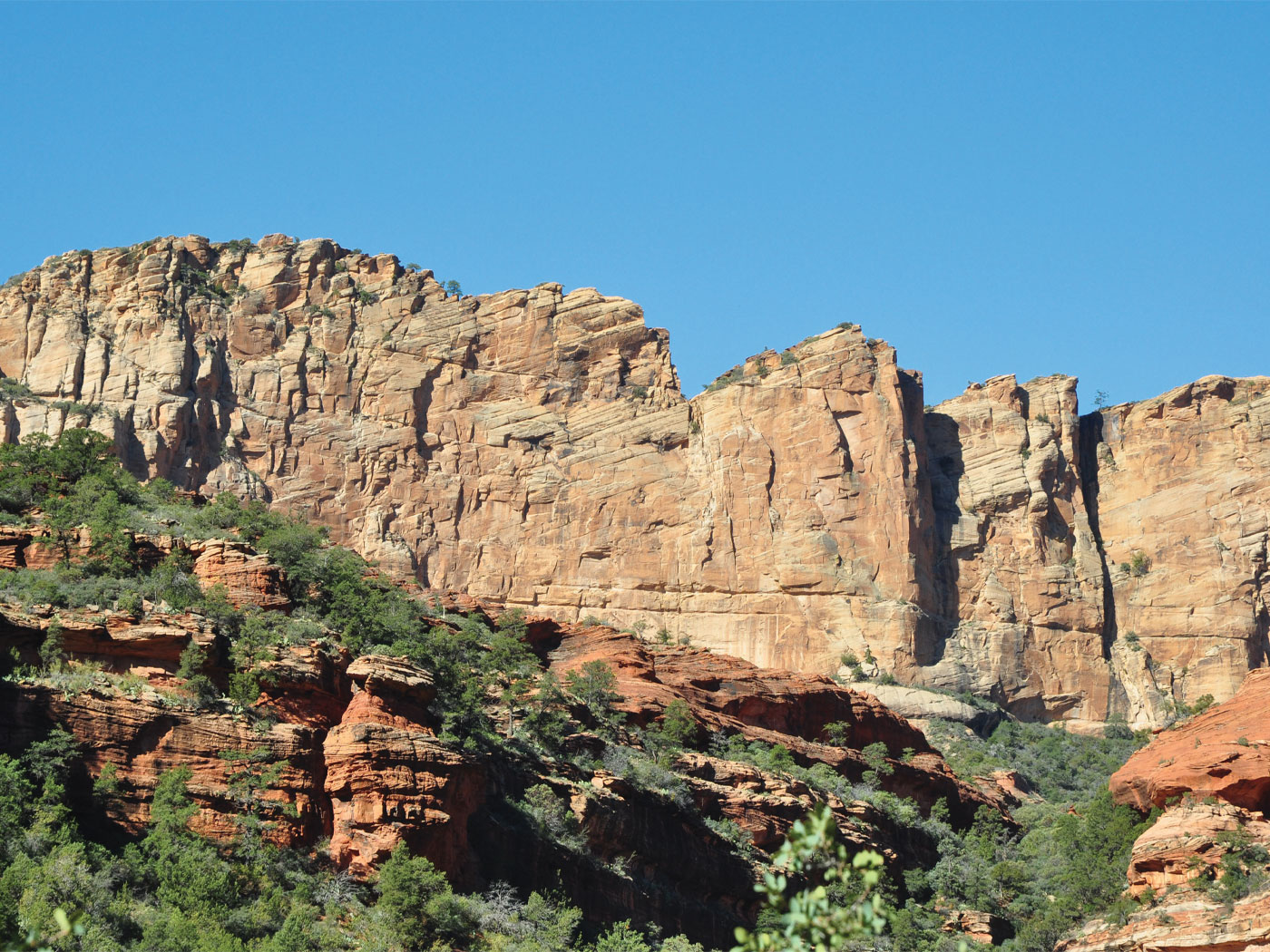Purpose
The RATE (Radioisotopes and the Age of the Earth) project from 1997 to 2005 examined and then refuted the claim that radioisotope dating proves the earth is multiple millions of years old. This research program was jointly supported by the Institute for Creation Research, Answers in Genesis, and the Creation Research Society. ICR coordinated the entire project and hosted the RATE team1 during working sessions. This included logistics, budgeting, publications, and chairmanship by ICR’s Larry Vardiman.
Methods
Several research initiatives explored the radioisotope dating of earth materials within the worldview of a recent supernatural creation. The RATE work included radioisotope dating of numerous rock samples. These efforts explored the reliability and limitations of multiple dating methods. Beyond the geology activity, linguistic studies were applied to the book of Genesis, showing that the biblical creation account is literal narrative history.
Results

Carbon-14 dating is traditionally limited to relatively recent samples because of the 5,730-year half-life of C-14. However, there are many reports of C-14 detection in materials thought to be ancient and therefore supposedly free of this isotope. The RATE team obtained multiple samples of coal and diamond for C-14 study. A professional laboratory was contracted to analyze the samples to avoid any perceived RATE bias. All the samples do indeed reveal C-14 content. Data analysis by the RATE team shows that the age of coal and diamond samples can fit the young-earth timescale. In particular, diamonds may date from creation and coal formation from the Genesis Flood event.

Helium retention studies challenge the assumption of great age for granite batholiths. RATE research concentrated on granite samples from a 1974 government deep-drilling project in New Mexico. Uranium and thorium isotopes produce helium atoms (alpha particles) in zircon crystals, themselves formed within granite. On a geologic timescale, this helium should escape; however, it is found to persist within the zircons. The RATE team commissioned high-precision measurements of helium diffusion in zircon crystals. With these results and theoretical modeling, the case was made for worldwide granite formation on the timescale of biblical creation.
Radiohalos and fission tracks are distinct crystal defects resulting from radioactive decay within crystalline rocks. The RATE team analyzed these radioactive markers in hundreds of rock samples from worldwide locations, which is likely the most extensive such survey yet undertaken in geology. Of special interest, there is evidence of extensive radioactive decay within rock formations dating from two distinct time periods, the creation week and the Genesis Flood event.
RATE verified 500 million years’ worth of radioactive decay in Earth rocks. Within the constraint of a recent supernatural creation, the team proposed past episodes of accelerated radioactive decay. This is an extraordinary challenge to the standard view of radioactivity as being independent of external factors. Initial theoretical work followed on possible mechanisms for accelerated decay involving adjustments of nuclear forces and related variables. Beyond an explanation for accelerated decay, the RATE team also considered the protection of life aboard the Ark from the potentially increased radiation. Preliminary thought was given to a further challenge to accelerated decay—the dissipation of vast quantities of generated heat.
Impact
Throughout the project, the RATE team made every effort to display courtesy for contrary views of Earth history. The project clarified several radioisotope dating issues and suggested further research directions. Several RATE publications and conferences encouraged audiences that the earth-age issue is being addressed professionally. The conservative Christian community seeks answers to the vital issue of the earth’s age. The RATE team’s goal was to provide credible, compelling answers based on physical data.2 And we did.
References
- The RATE team consisted of geologist Steven A. Austin, geophysicist John R. Baumgardner, Hebraist Steven W. Boyd, physicist Eugene F. Chaffin, physicist Donald B. DeYoung, physicist D. Russell Humphreys, geologist Andrew A. Snelling, and atmospheric scientist Larry Vardiman.
- For more information, visit ICR.org/ RATE.
* Dr. DeYoung earned his Ph.D. in physics from Iowa State University.
















